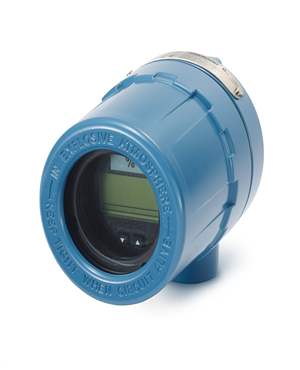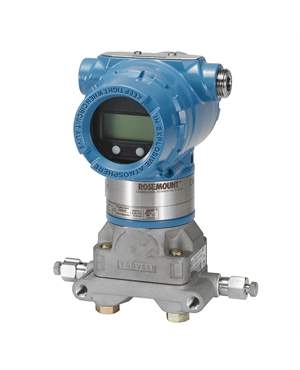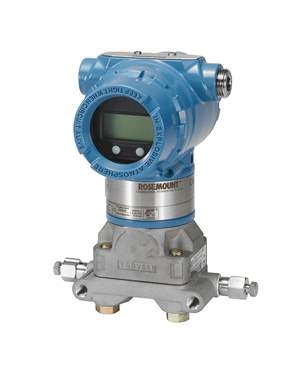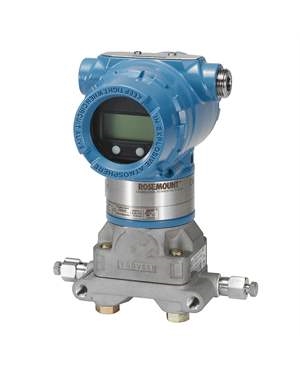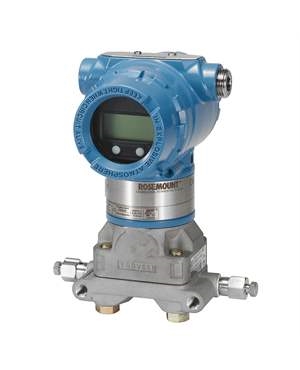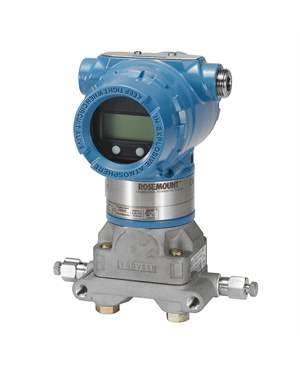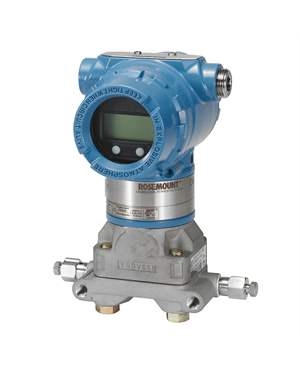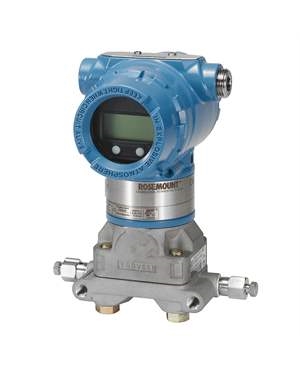Reasons to Choose Remanufactured Instrumentation and Control Valves
Brian Craig
May 30, 2022
Remanufacturing refers to the rebuilding of an originally manufactured but non-functional or worn out product. This is done to restart the product functioning to at least the minimum required level. Remanufacturing is often done using recycled or reused parts which keeps the cost at minimum. Usually, remanufacturing decisions for particular products are made by business owners based on their functional and financial feasibility and demand as well some other factors such as the durability and lifespan of the materials used in the product. Various engineered instruments such as control valves and transmitters can be remanufactured. This post discusses at length about remanufactured transmitters and control valves.
Why Industries Choose Remanufactured Instrumentation and Control Valves
Industrial operations across sectors are increasingly adopting remanufactured instrumentation and control valves to balance performance, reliability, and cost. Rising equipment prices, long procurement lead times, and tighter maintenance budgets have made remanufactured products a practical solution for many facilities.
Remanufactured transmitters and control valves provide the same functionality and precision as new units but at a fraction of the cost. Industries such as oil and gas, power generation, chemical processing, and water treatment rely on them to keep systems running without extended downtime. These products also support sustainability goals by extending the life of existing assets and reducing material waste.
By working with experienced specialists like The Transmitter Shop, companies gain access to expertly rebuilt and fully tested instruments that deliver reliable performance, durability, and long-term value.
Remanufacturing Process for Control Valves and Transmitters
The process of valve remanufacturing begins with disintegrating or disassembling of the valve. or transmitter. Here, the quality control and testing procedures you use hold a lot of importance. The second important aspect of this process is the selection of reused but good quality parts, and ensure they are not obsolete. For instance, in case of valves, you would require reused nuts, bearings, bolts, etc. It is important to ensure they are not stained, rusted, and so on. Clean them well before use. The manufacturing process must meet the required industrial standard and regulations. Also, the final product must look as good as new. Once all the parts are ready and clean, reassemble them correctly. Give a coat of polish or paint if required. Now that the valves are ready, it must be tested for design and functionality.
Testing of Remanufactured Control Valves and Transmitters
Testing of remanufactured transmitters and control valves is as important as that for new ones. This ensures quality and flaws if any can be fixed on time. Here are a few relevant pointers.
- Hydrostatic tests are performed on remanufactured controlled valves to check their dimensions and structural stability. This is a high pressure water test to identify any cracks or holes in the pressure section of the valve.
- Seat leakage test, which is as per ANSI standards, is performed to check if the valve closes tightly as required and hence does not allow any leakage or fluid seeping out.
- The quality of metals and alloys used in the valve and their suitability for certain types of solvents, corrosive elements, acids, and so on is checked by doing the positive materials identification test. This is done using x-ray florescence on metals.
- The wall thickness of the valve is determined through ultrasonic testing.
- There are other tests such as actuator spring testing which checks the rotation angles and linear movements of the actuator which facilitates motion in the valve.
Benefits of Remanufacturing Products
As mentioned, remanufacturing involves the use of recycled parts to entirely rebuild a device such as a control valve or transmitter. Remanufactured control valves and transmitters not only help save on costs but also offer several other benefits. Here are some benefits of using remanufactured products such as valves and transmitters.
- While it is obvious that remanufacturing saves almost more than 50% of the cost than that of the original product, it also contributes to reducing environmental footprint. You actually save on the resources and energy required to entirely make a new product as you already have recycled or reused parts.
- The manufacturing time is also less than that required for new products as some parts may be ready in your inventory.
- Any good remanufacturer would offer you a warranty of two to three years on a remanufactured product.
- Remanufacturing leaves scope for customization to suit new or specific requirements and at affordable pricing.
If your industrial application or process requires intermittent or continuous temperature, flowrate, or pressure monitoring, you would require good quality transmitters as well as control valves. Fisher control valves are a good option. Ensure you source them from a reputed and reliable supplier who understands your requirements and offers you the right type of control valve or transmitter. Also, when opting for a remanufactured control valve or transmitter, ensure the manufacturer does not use obsolete and faulty parts. The Transmitter Shop (TTS) is a distributor of superior quality remanufactured transmitters and control valves originally sourced from reputed brands such as Fisher Vee-Ball and so on. The company specializes in remanufacturing, reconditioning, and calibration of devices.
Key Differences Between Remanufactured, Reconditioned, and Used Equipment
Understanding the difference between remanufactured, reconditioned, and used instrumentation helps in making informed purchasing decisions. Although these terms are often used interchangeably, they represent distinct levels of restoration and quality assurance.
|
Category |
Description |
Quality & Testing |
Warranty |
Cost Benefit |
|---|---|---|---|---|
|
Used Equipment |
Sold as-is, previously installed |
Minimal testing or none |
Usually none |
20–30% less than new |
|
Reconditioned Equipment |
Cleaned and partially repaired; only defective parts replaced |
Basic functional checks |
Limited warranty |
30–40% less than new |
|
Remanufactured Equipment |
Completely disassembled, rebuilt, calibrated, and tested to OEM standards |
Full performance testing and QA certification |
1–3 years |
50–70% less than new |
How to Choose a Reliable Remanufacturer
Selecting a trusted remanufacturer ensures the quality and dependability of rebuilt instruments. When evaluating potential suppliers, keep the following points in mind:
- Experience and Technical Expertise: Choose a company with proven knowledge in rebuilding, calibrating, and servicing industrial instrumentation and control valves.
- Comprehensive Testing: Ensure every product undergoes detailed inspection and testing, including hydrostatic, calibration, and functional verification before delivery.
- Quality of Replacement Parts: Confirm that only durable, compatible components are used throughout the rebuilding process.
- Warranty and Support: Reliable remanufacturers provide strong warranty coverage along with responsive technical assistance.
- Documentation and Traceability: Each product should include calibration data, inspection reports, and test certificates for complete transparency.
A dependable partner like TTS helps minimize downtime, extend equipment life, and maintain consistency across plant operations.
The Transmitter Shop Advantage
For more than two decades, The Transmitter Shop (TTS) has specialized in the remanufacturing, repair, and calibration of process instrumentation and control valves. Each product is carefully disassembled, inspected, rebuilt, and tested by qualified technicians to ensure dependable operation and long service life.
TTS offers a wide selection of remanufactured and new-surplus instrumentation from trusted manufacturers such as Fisher, Foxboro, Rosemount, and Vega. Every unit undergoes comprehensive testing and precise calibration before shipment.
By partnering with The Transmitter Shop, customers gain the assurance of quality workmanship, reduced downtime, and significant cost savings all backed by responsive support and technical expertise.
Frequently Asked Questions (FAQs)
-
Are remanufactured control valves as dependable as new ones?
Yes. When rebuilt and tested by skilled professionals, these valves deliver the same accuracy and reliability as new units.
-
How much can I save by choosing remanufactured instruments?
Facilities typically save between 50 % and 70 % compared with the cost of purchasing new equipment.
-
Do remanufactured instruments include a warranty?
Reputable suppliers such as The Transmitter Shop provide warranties ranging from one to three years, depending on the product type.
-
Can remanufactured valves or transmitters be used in demanding applications?
Yes. Properly tested and calibrated instruments can perform effectively in critical environments such as chemical plants, utilities, and refineries.
-
How often should remanufactured instruments be recalibrated?
Calibration frequency depends on process conditions, but annual or semi-annual recalibration is generally recommended.
Related Posts
- Causes & Solutions of Annoying Noise from Control Valves
- Understanding Industrial Control Valves and their Types
- All Important Questions on Control Valves Answered
- 3 Common Control Valve Maintenance Practices
- Know Everything About the Benefits, Applications, Types, and Automation of Control Valves
- How to Select the Right Control Valve for Your Process?
- Calibration of Control Valve Positioner: The Process Discussed
- Control Valve Actuators: Different Types and Failure Modes Discussed
- Calibration Guide for Fisher 3582 Pneumatic Positioner
- How to Do the Periodical Inspection and Maintenance of the Control Valve?
- Temperature Control Valve – Definition and Working Principle
- Reasons to Choose Remanufactured Instrumentation and Control Valves
- Single Acting vs. Double Acting Positioners: Pros and Cons
- Flow Measurement Challenges in Subsea Operations
- Pressure Sensing Sensor Modes of Measurement Key Differences and Benefits
- Electromagnetic Flow Sensors for Abrasive and Corrosive Fluids
- Mass Flow Meters and Their Working Principles
- Best Explosion Proof Switches for Hazardous Environments
- Best Explosion Proof Switches for Hazardous Environments
- Furnace Flame Sensor Faults Everything You Need to Know for Safe Operation
- Pneumatic Pressure Controllers: A Safe Choice for Hazardous Areas
- A Practical Guide to Vacuum Measurement and Operation
- Understanding Electrochemical Detection: Principles, Techniques and Environmental Application
QUICK ENQUIRY
